Search Results for 'Edward Martyn'
8 results found.
‘The peasantry are the foundation of the world - the upper classes get worn out’
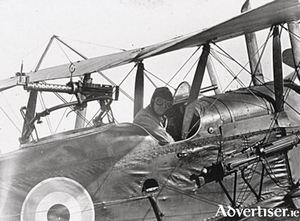
In the decades preceding the 1916 Rising, an extraordinary revolution had already taken place in rural Ireland. The British government had lost its patience with Irish landlords who owned 95 per cent of the land of Ireland (100 percent of county Galway was landlord owned), and had largely squandered their wealth leaving themselves vulnerable to poor harvests, successive seasons of bad weather, and an increasingly impoverished tenantry.
The story of the watch at Kiltartan
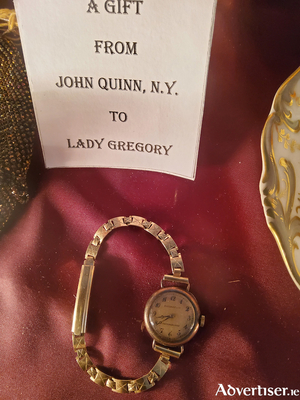
Gregory stayed at the Algonquin Hotel, on 44th Street, a few blocks from the Maxine Elliott Theatre where JM Synge’s play The Playboy of the Western World, opened on Monday November 27 1911. This was the Abbey Theatre’s first tour of America, and it was much anticipated. But its opening night was brought to a standstill by riotous and disruptive behaviour by a yahoo Irish element, who objected to its depiction of Irish womanhood. The play continued only after the police dragged off the worst offenders to jail.
‘I met Mary Hynes at the cross of Kiltartan - and fell in love with her there and then…’
One of the attractions for WB Yeats, when he was considering buying the old Norman tower at Ballylee, was that the surrounding countryside echoed with stories of Antoine Ó Raifteiraí (1799-1835), the blind minstrel, who frequented the south Galway area.
‘An unbroken history of more than one hundred years’
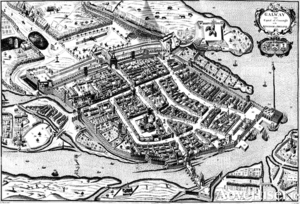
In 1831 Patrick Broderick, from Loughrea, was charged with insurrectionary crimes at the Galway Assizes, and cruelly sentenced to spend the rest of his life in a criminal colony ‘beyond the seas’ in New South Wales, Australia. He was barred from ever returning to his native land. His wife Mary, son John and daughters Ann and Catherine, were left destitute on the infamous Clanricarde estate, one with more than 2,000 tenants.
Lady Gregory’s ‘Book of the people’
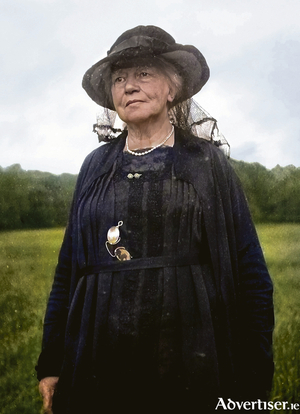
Augusta Lady Gregory, writer, folklorist and great patron of the arts, who died at her home at Coole Park in 1932, reappeared during the Druid production of five of her plays each evening this week. Druid is no stranger to magic, and such is their skill that Lady Gregory (Marie Mullen) makes several appearances inviting the audience to follow her for yet another of her plays performed in different locations around her home. From the edge of Coole lake to the old stables and yards, her ghostly figure seductively beckoned. The audience followed enchanted, moved by the strange power of her deceptively simple plays.
The man from New York
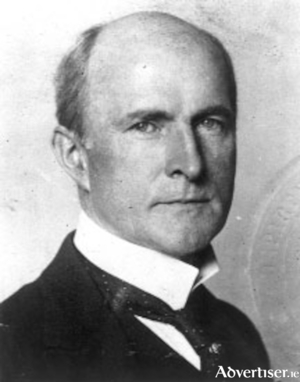
The first time Lady Gregory met John Quinn was on Sunday August 31 1902 at a Feis Ceol she had partly organised in the memory of Ó Raifteirí the poet. The occasion also marked Lady Gregory’s first steps into the Celtic revival movement which would absorb her energies throughout her long life, and define her reputation for ever.
Maud Gonne swept in and out of meetings
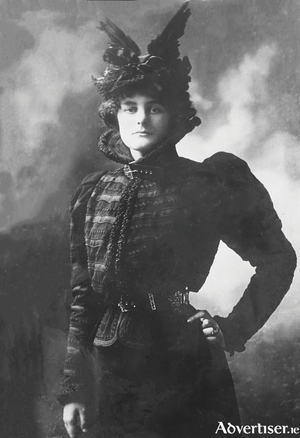
The most revolutionary play ever produced on an Irish stage was Cathleen Ní Houlihan written by WB Yeats and Lady Gregory. It was performed to a packed audience on a makeshift stage at St Teresa’s Hall in Clarendon Street, Dublin on April 2 1902. It was astonishing in its veracity.
Galway County Council announces comprehensive 1916 centenary programme
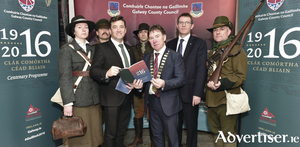
Galway County Council has major plans to mark the anniversary of the Easter Rising next year. A large crowd gathered at County Hall earlier this week for the launch of the local authority’s 1916 centenary programme. The commemorations encompass a number of themes including remembering, reconciling, presenting, imagining, and celebrating.

